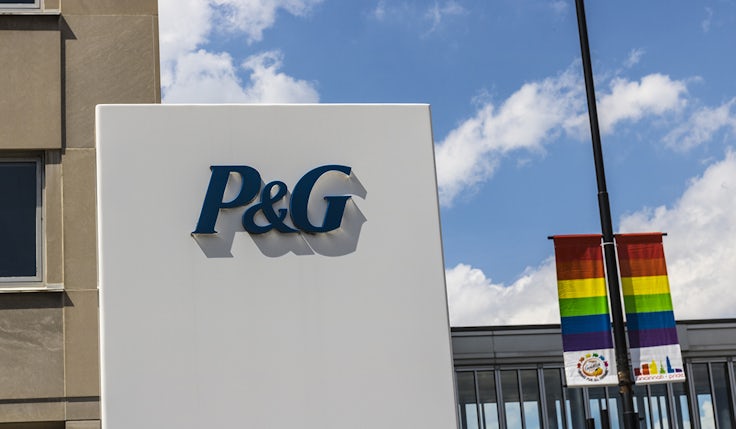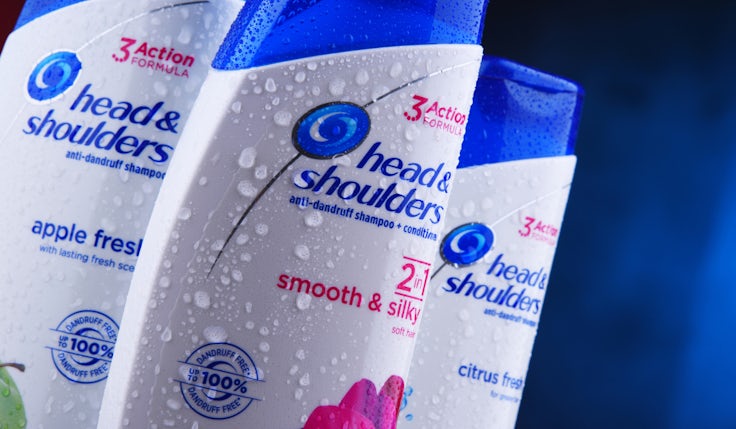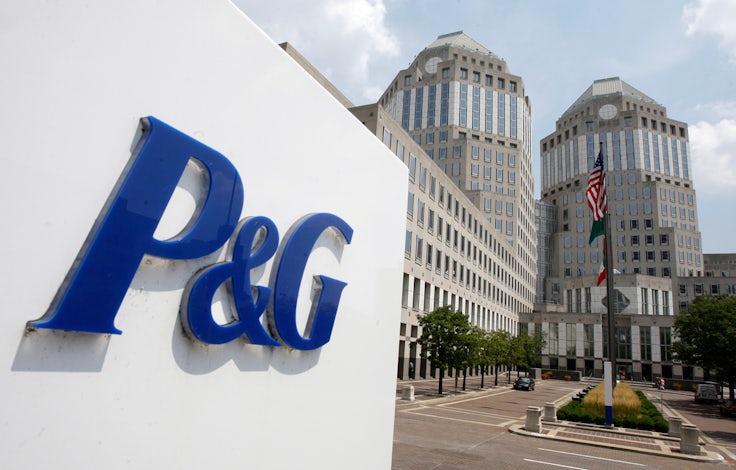P&G: Communicating brand ‘superiority’ has been key to weathering price increases
Promoting the value credentials of its brands and building in new pricing architecture is enabling P&G to navigate inflation without losing customers.
 Procter & Gamble (P&G) has said communicating its brands’ “superior” performance will be key to retaining customers through price increases, as it reports no significant impact on sales so far.
Procter & Gamble (P&G) has said communicating its brands’ “superior” performance will be key to retaining customers through price increases, as it reports no significant impact on sales so far.
The FMCG giant raised prices by five percent across its 10 product categories over the third quarter of its financial year due to the pressures of cost inflation and the impact of the Ukraine war, as well as ongoing pandemic disruption in China.
Nevertheless, the company reported net sales of $19.4bn (£14.9bn) for the quarter, a 7% increase versus the prior year. Each of the business’ product categories grew organic sales in the quarter, with personal health care growing more than 30%.
While the increase in sales is in part a result of the price rises, CEO Jon Moeller told investors on a call today (20 April) that the business was seeing consumer resilience. P&G is not seeing consumers “trade down” yet, despite the rise in the cost of living. He pointed to the share of private-label goods as proxy for trade down, claiming that this share remains below one year ago in the US and Europe.
CFO Andre Shulten added that the company’s strategy is to invest in the “superiority” of its brands, which it believes can drive value for the customer.
One example given was in P&G’s Tide and Ariel washing detergent brands. As these brands sell washing pods that work in cold water, Schulten claimed that the “savings from switching from hot to cold washing can nearly offset the cost of Tide or Ariel”, compared to buying a cheaper rival.
P&G plans to communicate how the quality of its products can drive these savings through marketing and advertising, he added. “We are more proactively turning true products of quality into value claims.”
While he did not elaborate on details, Schulten said advertising investments “remain strong” as a result.
In the business’ previous financial results for the second quarter of its fiscal year, P&G revealed it had increased marketing spend by 50 basis points compared to the same period in 2020. However, overall marketing expense as a percentage of sales decreased by 80 basis points, suggesting its marketing spend was working harder.
Yet in this quarter’s results, P&G said it was partly offsetting increased costs through productivity savings, including reduced marketing costs. P&G made 130 basis points of gross productivity savings from overhead and marketing expenses.
Pricing strategy
As well as investing in advertising that communicates its brands’ value claims, P&G feels it has a “level of protection” from the ongoing cost of living crisis because of the categories it operates in.
“We’ve moved out of discretionary categories into categories that are daily use, [and] health and hygiene focused,” said Schulten.
P&G has also built in differentiated price levels, he said, so that if consumers need to trade down due to budget constraints, they can do so within the business’ brands rather than turning to own-brand or white label goods.
P&G will now be executing additional price increases in categories like feminine care and home care, Schulten announced. He said the company is “thoughtfully executing tailored price increases” and that there is no one size fits all approach.
The company has raised its revenue growth forecast for the fiscal year 2022, from 3% to 4%, to 4% to 5%. This is despite P&G predicting a hit of $2.5bn (£1.9bn) after tax from the higher cost of commodities, as well as an impact of $400m (£306m) from increased freight costs and $300m (£230m) from foreign currency headwinds.
CEO Moeller said: “Things can change tomorrow. But as we sit here today, it looks like the moves we’ve made to focus the portfolio in daily use categories where performance drives brand choice… is holding up.”







